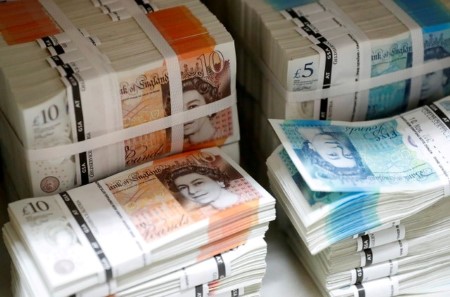




Philippines Trade Update: Trade trajectories trend along
 DOWNLOAD
DOWNLOAD

Policy Rate Updates: Double cut finale
 DOWNLOAD
DOWNLOAD

Monthly Economic Update: One for the road
 DOWNLOAD
DOWNLOAD


Investors bid sayonara to sub-zero yields as Japan’s bonds turn positive

LONDON, Jan 5 (Reuters) – Government bonds around the world now all have positive yields, after rates in Japan, the last hold-out, rose following the country’s surprise move to inch towards normalizing monetary policy last month.
The milestone illustrates the dramatic turnaround in global policy over the last year, as central banks, one by one, ditched their previous ultra-loose monetary stance.
The global stock of bonds for which investors received sub-zero yields peaked at USD 18.4 trillion in late 2020, with over 4,600 bonds, according to a Bloomberg index of fixed-rate notes.
Many of the world’s largest central banks, including the European Central Bank and Bank of Japan, had been holding their policy rates below zero percent to provide stimulus for their economies to weather the pandemic.
It climbed back near that level again in August 2021 as worries that the emerging Omicron variant of COVID-19 would suppress efforts at re-opening of major economies but began its sharp and persistent fall afterward when it became clear that inflation – not growth – was emerging as the top risk for central banks.
The last negative-yield bond in the series – a Japanese government bond maturing in March 2024 – finally dropped out of the index on Wednesday as its yield edged above zero, according to the data.
Europe’s negative-yielding debt pool made up as much as three-quarters of the sovereign debt market in late 2020 or roughly 6.7 trillion euros, as the COVID-19 pandemic hurt the economy and kept rates near record lows.
However, the amount of negative-yielding debt fell sharply towards zero last year as the ECB and Swiss National Bank jacked up interest rates rapidly to contain decades-high inflation.
That left Japan’s as the only major global central bank that has stuck with negative interest rates, but even the BOJ last month surprised markets by tweaking its policy of yield curve control.
The change fueled market speculation that the central bank could normalize policy further, sending yields higher across the curve.
At the long end, the 20-year JGB yield reached 1.35% on Thursday, its highest since October 2014.
Jim Reid, strategist at Deutsche Bank, described the end of negative yielding global debt as a “landmark event” in a note to clients.
“For now, this looks set to be the welcome end of an era as some value returns to global fixed income,” he said.
(Reporting by Alun John in London and Dan Burns in New York; Additional reporting by Dhara Ranashinghe; Editing by Hugh Lawson)
This article originally appeared on reuters.com





 By Reuters
By Reuters